Harley-Davidson is making electric bikes now
One hundred seventeen years after launching its first motorcycle, Harley-Davidson has spun off a new electric-bike startup. The new company, called Serial 1 Cycle Company, will reveal its first models next month.
Over the past few years, Harley “really made a pretty aggressive push into electric vehicles and came out and made a statement that they want to lead the electrification of two-wheeled vehicles,” says Aaron Frank, brand director for Serial 1 Cycle Company. While developing the Live Wire electric motorcycle, which has been in the market for around a year, the company’s skunk-works team started looking for other ways to use the technology.
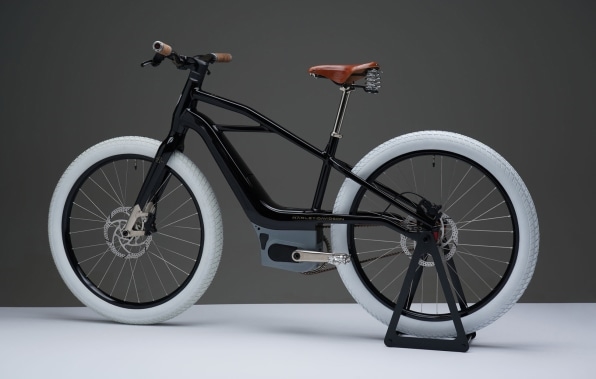
The moment is right for e-bikes, Frank says. “Lithium-ion batteries are getting better, they’re getting lighter, they’re getting more reliable, they’re getting less expensive.” And while the range on some electric cars is still low enough that it may be an issue for some drivers, a city bike—ridden casually, to run errands locally—doesn’t have the same requirements for range. Electric bike sales are also quickly growing, especially during the pandemic. (In June, e-bike sales were up 190% over the previous year.)

A newly unveiled prototype, which Frank says is a styling exercise and not an actual model, shows how Harley-Davidson designers approach the bicycle differently than some others on the market. “If you look at a lot of e-bicycles right now, they’re kind of slapped together—it’s a traditional battery with a hub motor in the front or rear wheel, or a battery kind of clumsily positioned, maybe on a rack over the rear wheel or strapped on to the down tube,” he says. “And it looks like an ugly growth coming out of the frame.” Harley’s first prototype, which is designed to look a little like the company’s first motorcycle, incorporates the battery and motor into the frame. The engineers also used their ergonomic database—made up of a large group of measurements from its customers—to design bikes that Frank argues will fit a wider range of people than typical bikes.
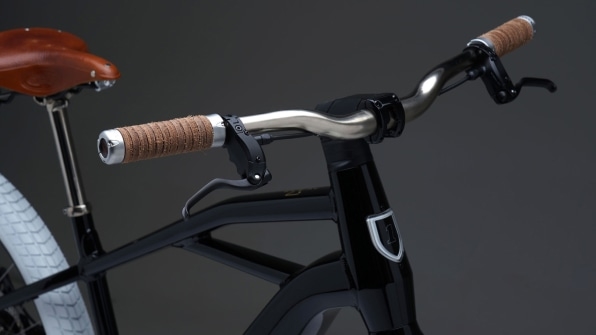
Though the design work came from Harley-Davidson, the company decided to launch a separate startup. “As we got closer and closer to coming to market, the realization was made that we would just be most successful as a standalone brand. You know, a bicycle is a very different product than a motorcycle. The customer, the consumer target is very different than a motorcycle target. And the market is completely different.” The company expects to have its first bikes on the market by the spring of 2021.
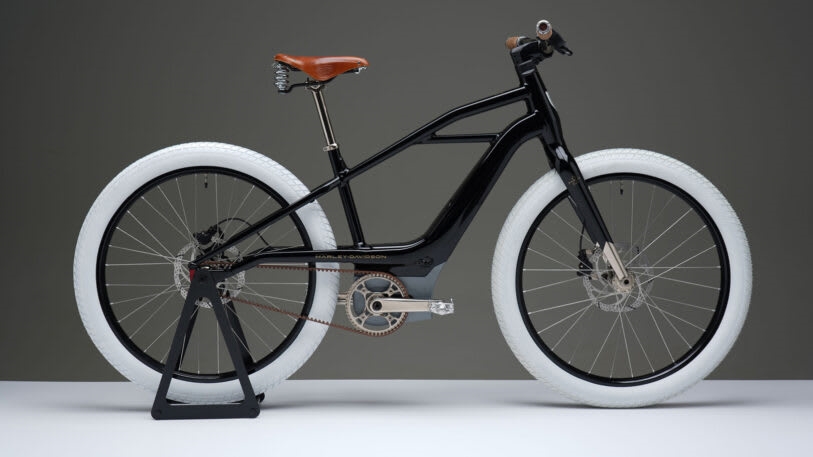
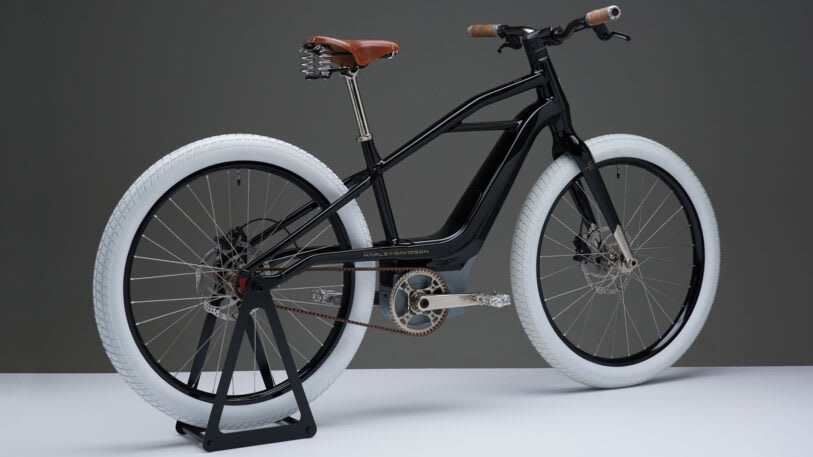
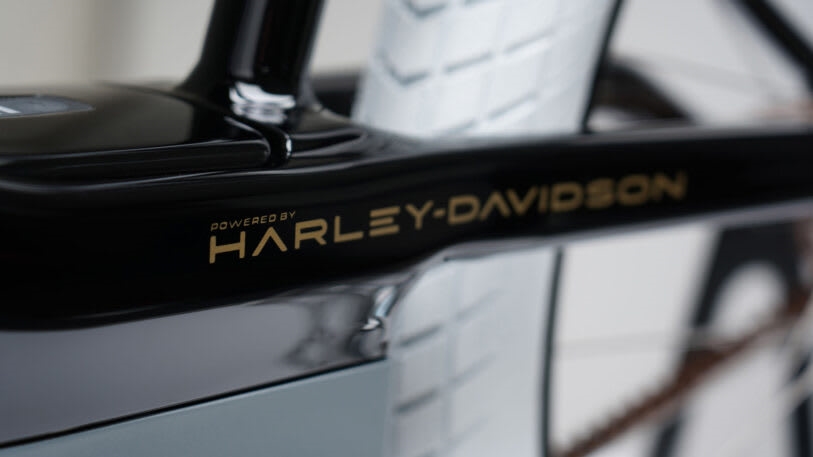
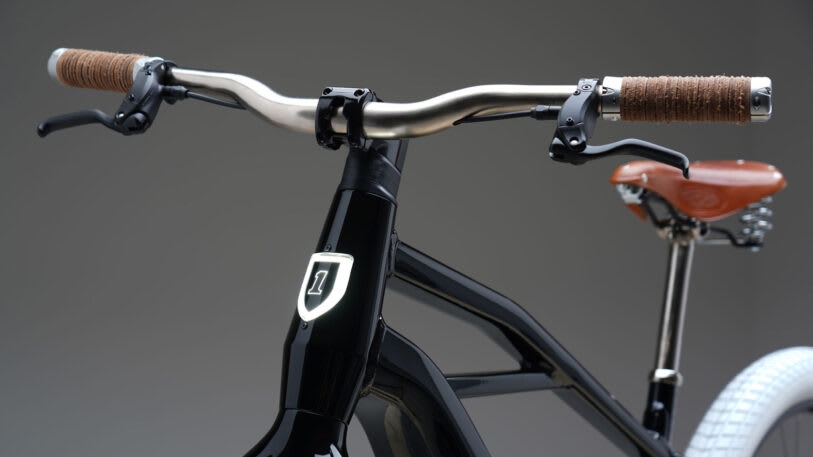
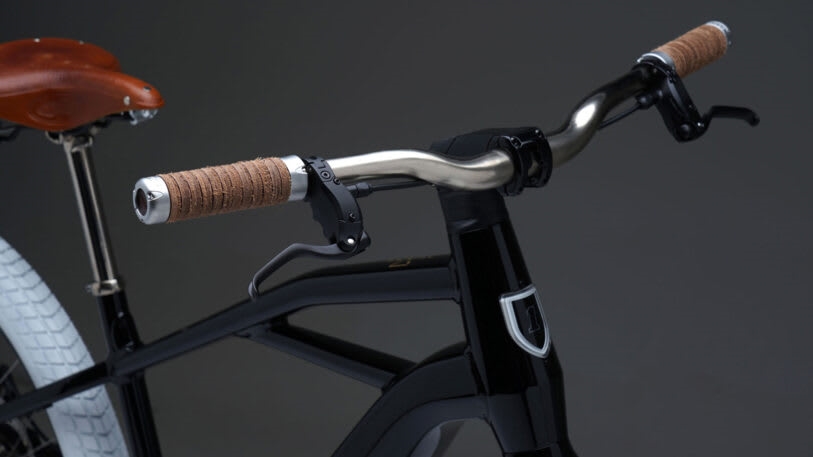
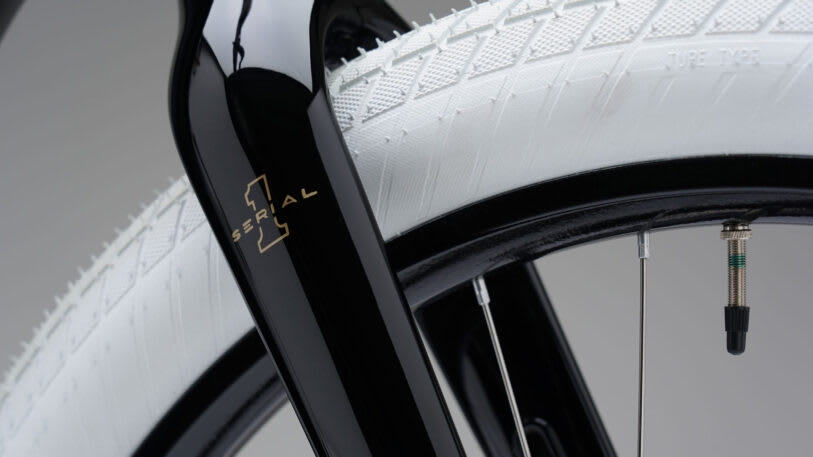
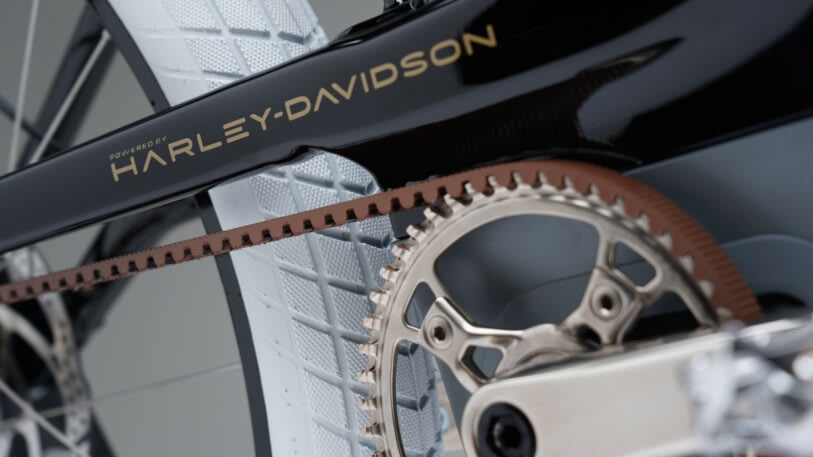
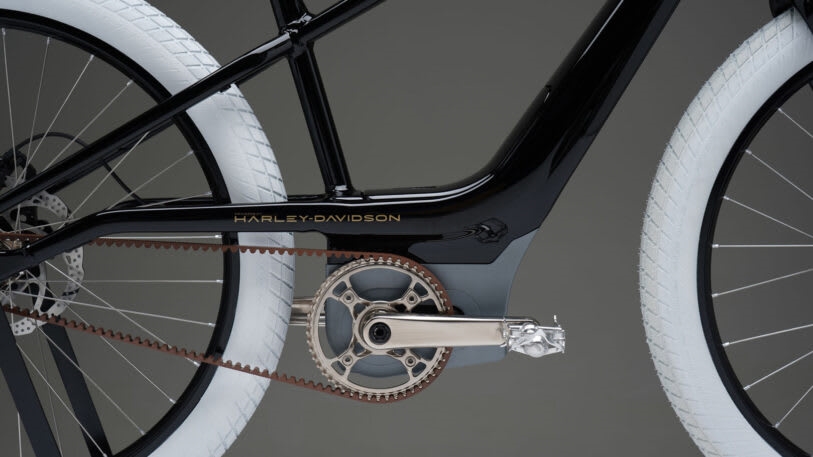
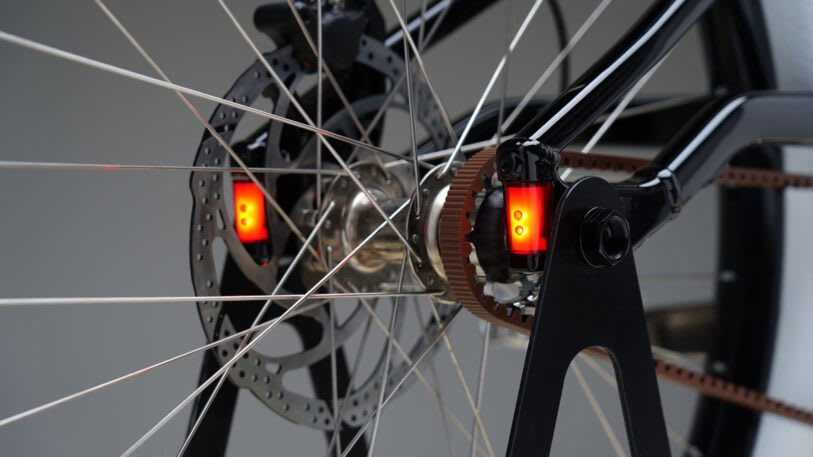
(8)


